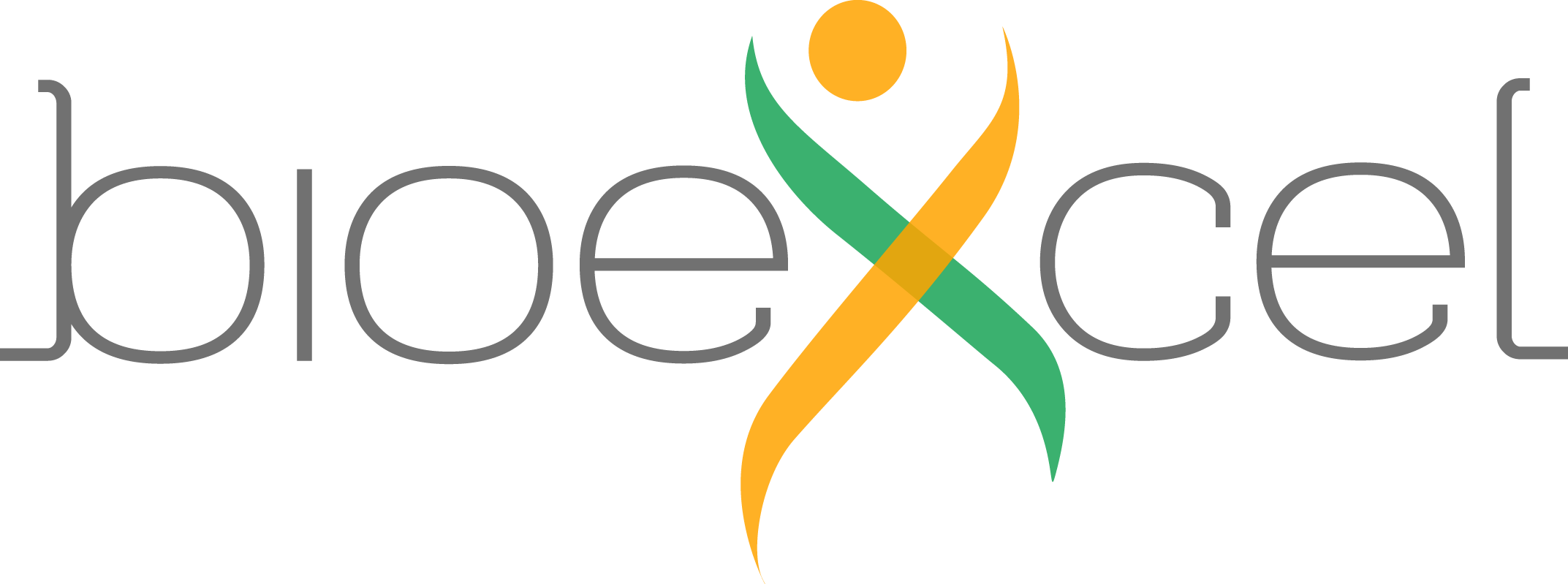This tutorial involves the use of a multilayer AutoEncoder (AE) for feature extraction and pattern recognition by analyzing Molecular Dynamic Simulations, step by step, using the BioExcel Building Blocks library (biobb).
- biobb_pytorch: module collection to create and train ML & DL models using the popular PyTorch Python library.
- jupyter: Free software, open standards, and web services for interactive computing across all programming languages.
- nglview: Jupyter/IPython widget to interactively view molecular structures and trajectories in notebooks.
- numpy: The fundamental package for scientific computing with Python.
- mdtraj: Read, write and analyze MD trajectories with only a few lines of Python code.
- requests: Requests is an elegant and simple HTTP library for Python, built for human beings.
- matplotlib: Matplotlib is a comprehensive library for creating static, animated, and interactive visualizations in Python.
IMPORTANT: if your computer is a mac ARM, please be sure that the chosen architecture in conda is ARM. If not sure, type the following instruction in your terminal before starting the creation of the environment:
conda config --env --set subdir osx-arm64
This instruction ensures that the installed torch dependency will match your architecture.
git clone https://github.com/bioexcel/biobb_wf_autoencoder.git
cd biobb_wf_autoencoder
conda env create -f conda_env/environment.yml
conda activate biobb_wf_autoencoder
jupyter-notebook biobb_wf_autoencoder/notebooks/biobb_wf_autoencoder.ipynbClick here to view tutorial in Read the Docs
Click here to execute tutorial in Binder
Click here to open tutorial in Google Colab
2024.1 Release
This software has been developed in the MMB group at the BSC & IRB for the European BioExcel, funded by the European Commission (EU H2020 823830, EU H2020 675728).
- (c) 2015-2024 Barcelona Supercomputing Center
- (c) 2015-2024 Institute for Research in Biomedicine
Licensed under the Apache License 2.0, see the file LICENSE for details.


